Optical Module is one of the core devices in the field of optical communication. It is widely used in data centers with Ethernet switches. The optical module works at the physical layer to realize photoelectric conversion: convert optical signals into electrical signals, and convert electrical signals into optical signals. Therefore, it is also called the magician of the communication industry.

Although the optical module seems simple, the technical content of the implementation process is not low. To be precise, an optical module is a general term for various types of modules, including: optical receiving module, optical transmitting module, optical forwarding module, and integrated optical transceiver module. The optical module we often refer to generally refers to an optical transceiver integrated module.
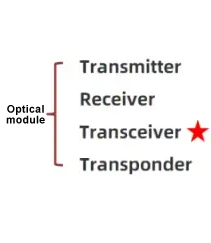
The chips used in optical modules can be divided into optical chips and electrical chips, among which lasers and detectors belong to optical chips, amplifiers, driver chips and multiplexing/demultiplexing devices (MUX/DEMUX) belong to electrical chips.

The optical transceiver integrated module is composed of optical transmitting device (TOSA, including laser), optical receiving device (ROSA, including photodetector), main control circuit board (PCBA), shell and optical (electrical) interface and other parts.
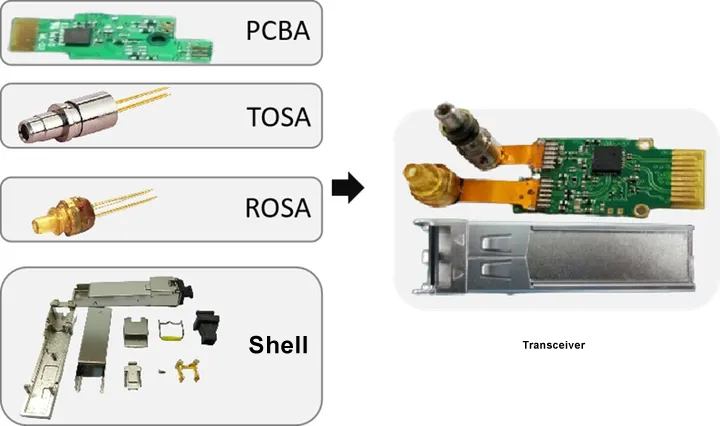

In short, the working principle of the optical module is that at the transmitting end, the driver chip processes the original electrical signal, and then drives the semiconductor laser (LD) or light-emitting diode (LED) to emit a modulated optical signal. At the receiving end, after the optical signal comes in, it is converted into an electrical signal by the photodetector diode, and the electrical signal is output after the preamplifier.
The main components of the optical module include: 1. Clock and Data Recovery chip (CDR, Clock and Data Recovery): The function of the clock data recovery chip is to extract the clock signal from the input signal and find out the phase relationship between the clock signal and the data. Simply put, it is to restore the clock. At the same time, CDR can also compensate for signal loss on wiring and connectors .

2. Laser Diode Driver (LDD, Laser Diode Driver): Converts the output signal of the CDR into a corresponding modulation signal to drive the laser to emit light. Different types of lasers need to choose different types of LDD chips. In short-distance multi-mode optical modules (such as 100G SR4), generally speaking, CDR and LDD are integrated on the same chip.
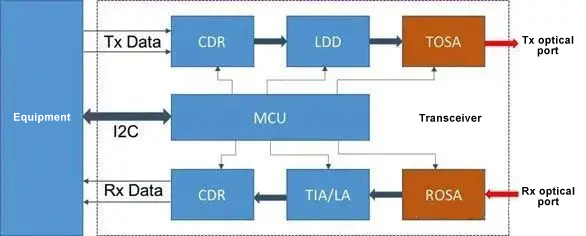
3. Optical emission device (TOSA, including optical laser chip): realize electrical/optical conversion, mainly including laser, MPD, TEC, isolator, Mux, coupling lens and other devices, including TO-CAN, Gold-BOX, COC, COB and other packaging forms. For optical modules used in data centers, in order to save costs, TEC, MPD, and isolators are not necessary items. Mux is also only in optical modules that require wavelength division multiplexing. In addition, the LDD of some optical modules is also packaged in TOSA.
Laser chips can be further divided into surface-emitting chips and edge-emitting chips according to the light-emitting structure. Surface-emitting chips include VCSEL chips, and edge-emitting chips include FP, DFB, and EML chips.
4. Optical receiving device (ROSA, including photodetector): realizes optical/electrical conversion, mainly including PD/APD, DeMux, coupling components, etc., and the packaging type is generally the same as TOSA.
PD is used for short-distance and medium-distance optical modules.
5. Transimpedance amplifier (TIA, Transimpedance amplifier): used with the detector. The detector converts the optical signal into a current signal, and the TIA processes the current signal into a voltage signal of a certain amplitude. We can simply understand it as a large resistor.
6. Limiting Amplifier (LA, Limiting Amplifier): The output amplitude of the TIA will change with the change of the received optical power. The function of the LA is to process the changed output amplitude into an electrical signal of equal amplitude, which is given to the CDR and the decision circuit. Provide a stable voltage signal. In high-speed modules, LA is usually integrated with TIA or CDR.
7. Multiplexing/demultiplexing device (MUX/DEMUX): In wavelength division multiplexing optical modules (such as CWDM4 optical modules), Mux/DeMux is one of the core devices. Mux/DeMux based on space optics has better performance (insertion loss, PDL, temperature drift), but the device is more expensive and optical coupling is complicated; Mux/DeMux based on waveguide optics has high integration, low cost, and simple packaging process, etc. Advantages, but there is still a certain gap between the performance and the TFF type Mux/DeMux of space optics. These types of Mux/DeMux are used in actual products.
8. Data processing chip (DSP): responsible for the operation of the underlying software, the monitoring of DDM functions related to optical modules and some specific functions. DDM monitoring mainly realizes real-time monitoring of five analog signals of temperature, Vcc voltage, Bias current, Rx power, and Tx power, and judges the working status of the optical module through these parameters, which facilitates the maintenance of optical communication links.
9. Shell and optical (electrical) interface.
C-light is a fast-growing transceiver manufacturing provider, and has accumulated an advantageous supply of transceivers/optical modules in the past 10 years. We focus on serving the long-tail customer base of QSFP28, QSFP+, SFP28, SFP+...... so that each optical communication re-seller or distributor can be more efficient in sourcing, marketing and selling, and help engineers in the selection of solutions, samples and procurement, doing the best for the supply and demand of the electronics industry.
For supply and demand of optical modules or more optical device, welcome to C-light to have a look.









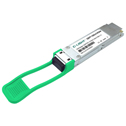

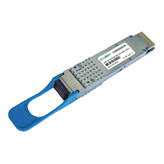

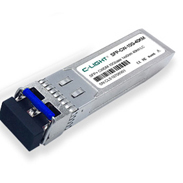
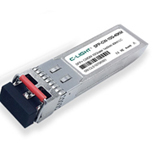
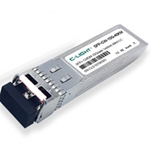
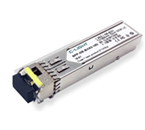
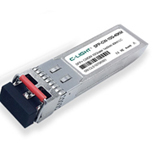
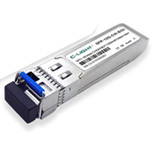



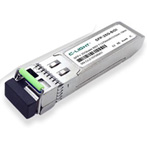
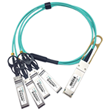
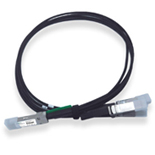
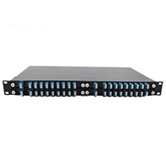
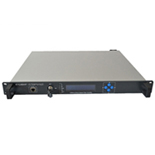
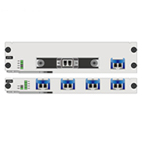

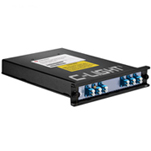
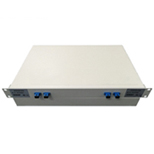


 Your current position:
Your current position: 









